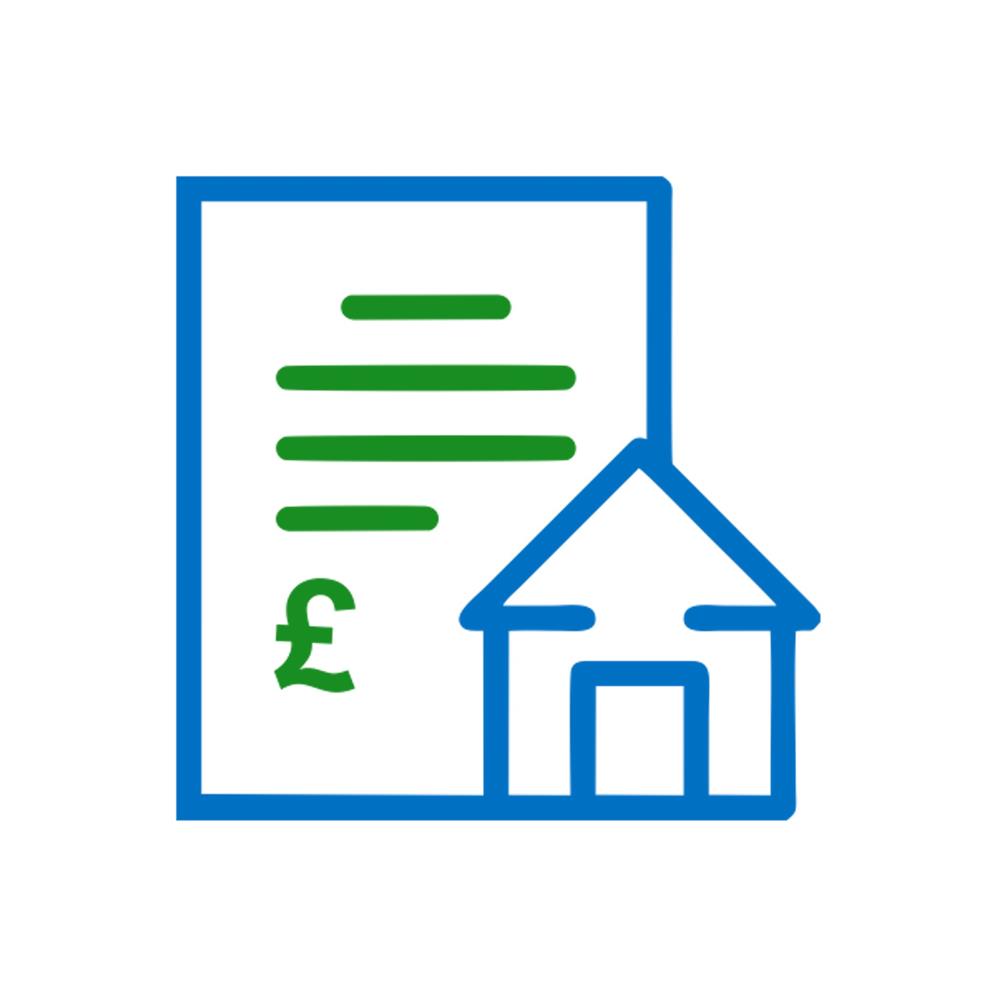Can First-Time Buyers Get SD Relief?
Since 22 November 2017 Parliament has provided Stamp Duty relief to first-time buyers of wholly owned and shared ownership properties worth no more than £500,000.
What a lot of first-time buyers don’t realize is that they can retrospectively claim that Stamp Duty tax relief, if they bought their shared property on or after 22 November 2017.
Can I Claim Back SD On A Second Home?
It’s not unusual for people to be hit by a higher Stamp Duty when they are buying a new home. If you haven’t sold your previous main residence beforehand, the new property is classed as a second home, which carries a higher rate of SDLT.
This can happen for various reasons: often if there is a delay due to a buyer pulling out or difficulty in selling a matrimonial home in the right time frame.
But there’s good news: if you sell your previous main residence within 3 years of paying the higher rate of Stamp Duty, you can claim money back from the HMRC.
Can I Get A SD Refund On An Annexe?
You may have been charged extra Stamp Duty on a property containing an annex or granny flat when you bought your property. Many buyers are not aware that the rate of Stamp Duty for these multi-dwelling properties is reduced, thanks to an allowance called Multi Dwelling Relief, and can in some instances end up being overcharged.
